Hey there! Remember the first time you felt that rush of excitement stepping into a vast, untouched landscape? I sure do. It was a chilly morning when I first visited Yellowstone. I was all geared up, or so I thought, until I realized I’d left my sun hat and extra water bottles behind.
I learned my lesson the hard way under the glaring sun. That’s why I’m here—to ensure you’re better prepared than I was. Whether it’s your first visit or your fiftieth, packing right can make all the difference.
Let’s get you ready to fully enjoy every moment in the great outdoors, with a foolproof packing list tailored for any national park adventure.
Essential Gears
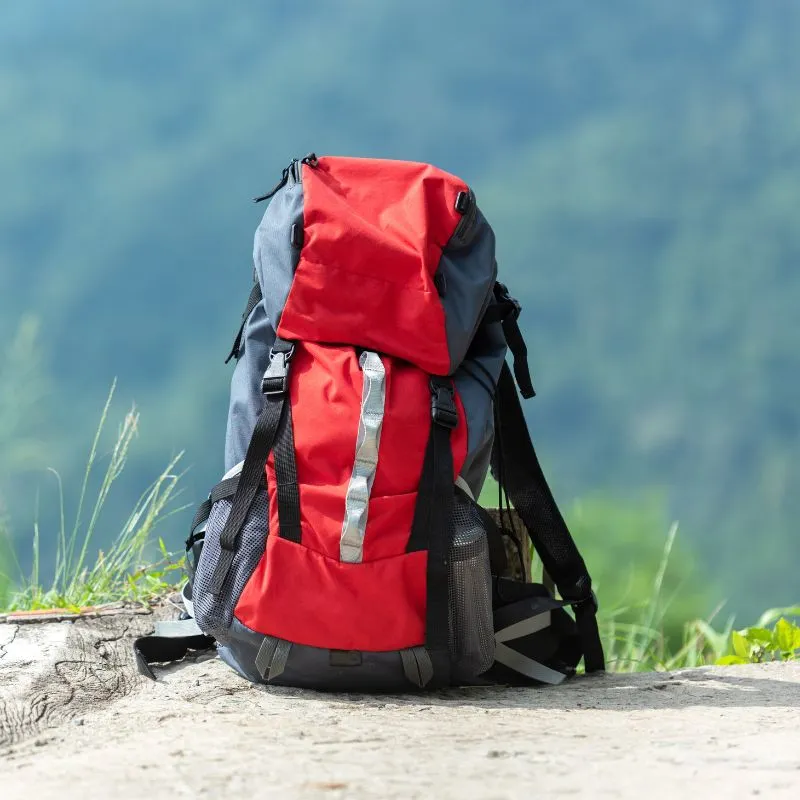
A crucial part of your national park packing list is selecting the right gear. Start with a sturdy, comfortable backpack—it’s your foundation. Pack clothes suitable for any weather: think layers, a waterproof jacket, and breathable fabrics. Proper footwear is vital; choose boots that are tough yet comfortable for long hikes.
- Backpack Essentials
A sturdy backpack is your best companion on any park adventure. Choose one that fits well, offers enough space, and doesn’t strain your back. Inside, pack a waterproof cover—sudden downpours are common in the wild. And don’t forget a few reusable zip-lock bags. They’re perfect for keeping your electronics and snacks dry.
- Weather-Appropriate Clothing
Layering is your friend. Start with a moisture-wicking base layer, add an insulating layer for warmth, and top it off with a waterproof jacket. This combo keeps you prepared for any weather. Oh, and a couple of quick-dry pants should be on your list—they’re lifesavers when crossing streams or getting caught in the rain.
- Footwear for Various Terrains
Good boots are worth their weight in gold. Make sure yours are well-broken-in, waterproof, and offer solid ankle support. For lighter trails or warmer days, breathable trail shoes work wonders. And always, always pack a few extra pairs of socks to keep your feet dry and happy.
Navigation and Tools
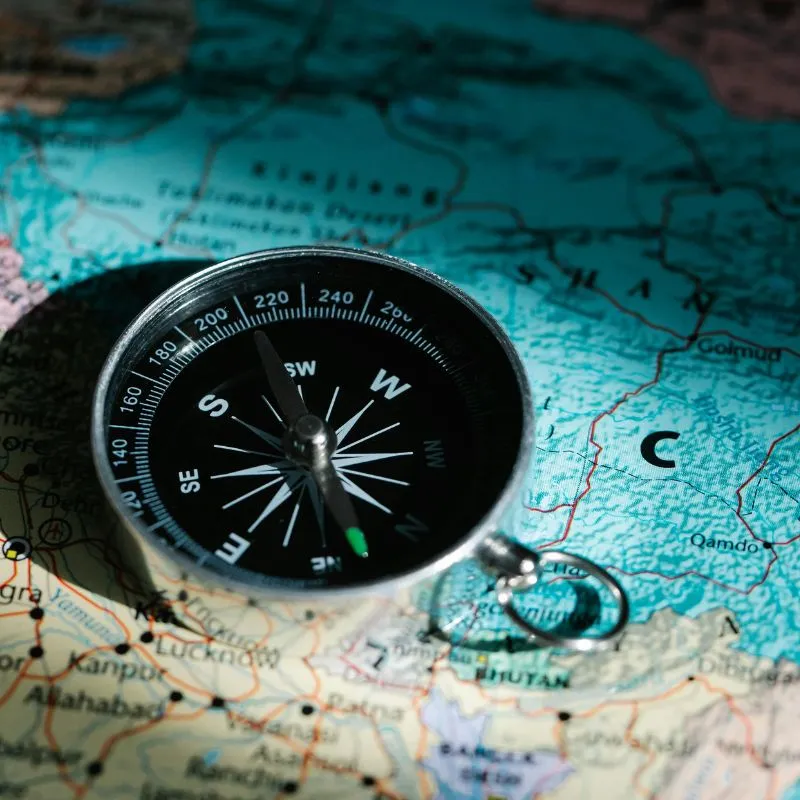
Accurate navigation is essential for any national park adventure. Your national park packing list should always include a reliable map and compass. Electronics can fail, so these traditional tools are indispensable. Also, pack a multi-tool—it’s perfect for repairs and unexpected needs. Wrap some duct tape around a water bottle or trekking pole; you’ll find it surprisingly handy.
- Maps and Compass
Even if you plan to use your phone or a GPS device, always carry a physical map and a compass. Technology is great, but batteries die and signals can be unreliable in remote areas. A good old-fashioned map and compass don’t require any power and could be your best tools if you get turned around.
- Multi-tools and Gear for Emergencies
A reliable multi-tool can be a lifesaver. Look for one with a knife, pliers, and perhaps a screwdriver—simple tools that can repair gear, make adjustments, or help in creating an emergency shelter. Also, pack some duct tape; it’s the universal fix-it solution. Wrap a length around your water bottle or trekking pole so it doesn’t take extra space.
Food and Water
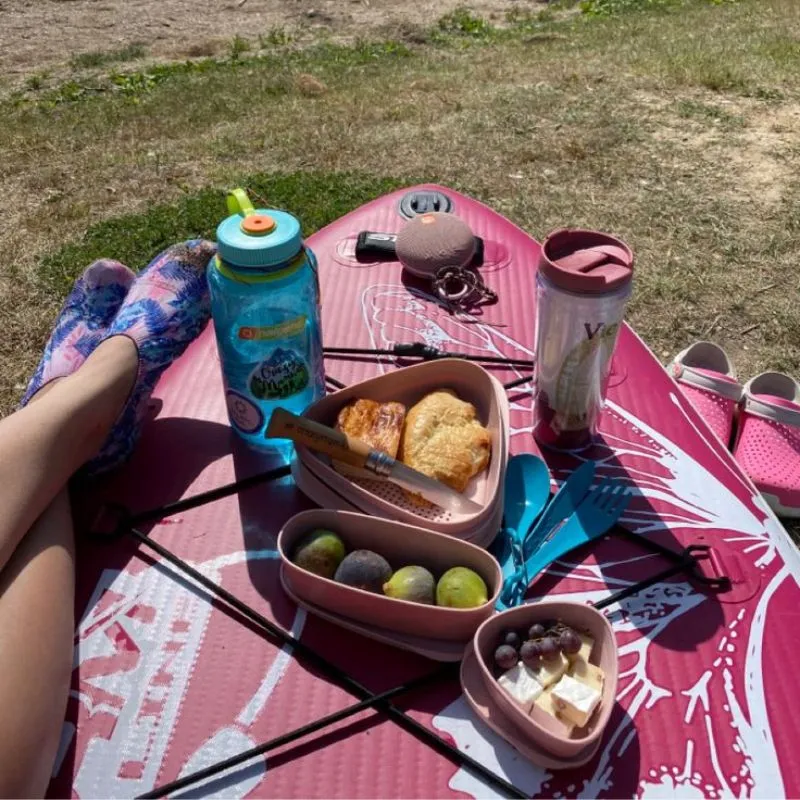
Energy and hydration are your best friends on the trail. In your national park packing list, include high-calorie, lightweight foods like nuts, dried fruits, and energy bars. A hydration system is more practical than water bottles and ensures you stay hydrated without frequent stops. Don’t forget a water filter or purification tablets for emergencies.
- Packing Snacks and Meals
Opt for lightweight, high-energy food items like trail mix, nuts, dried fruits, and granola bars. These provide quick calories and nutrients without weighing down your pack. For longer treks, consider energy gels or chews. And if you’re planning to cook, pre-packaged meals that only require boiling water are convenient and mess-free.
- Hydration Systems and Water Purification
Always carry more water than you think you’ll need. A hydration bladder is great for easy access to water without having to stop and dig out a bottle. For backup, bring a water filter or purification tablets. Streams and lakes in national parks can be pristine, but it’s always safer to purify natural water.
Health and Safety
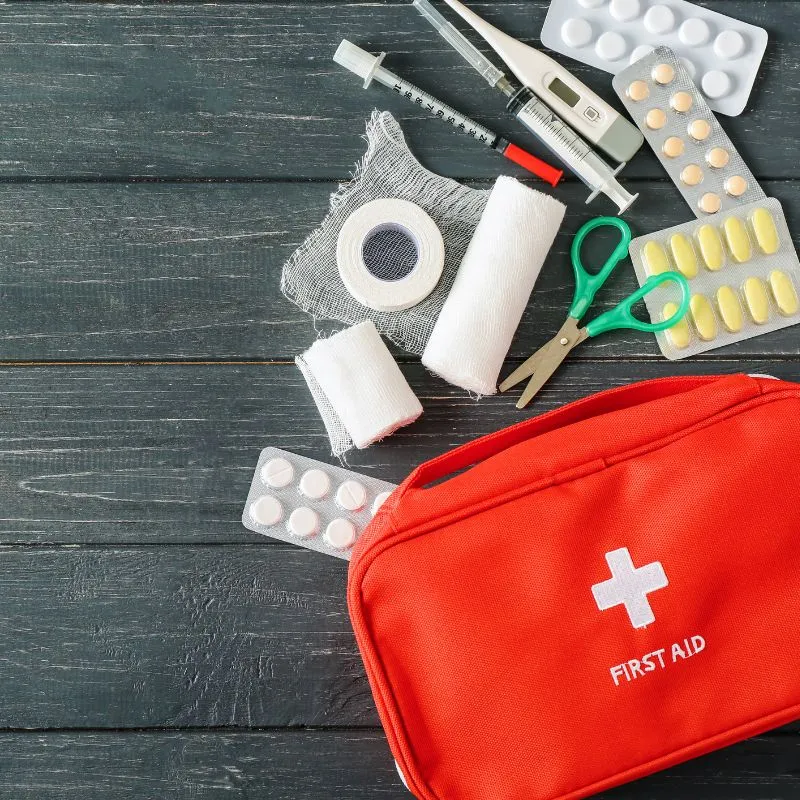
Health and safety gear are non-negotiable for your national park packing list. Include a comprehensive first aid kit, sunscreen, and insect repellent. A good hat and UV-blocking sunglasses will protect you from the sun. Being prepared means you can enjoy your surroundings worry-free.
- First Aid Essentials
A basic first aid kit is non-negotiable. Include bandages, antiseptic wipes, blister treatments, and any personal medications. It’s also wise to pack tweezers for splinters or ticks, and an emergency blanket in case you get stranded.
- Sun Protection and Insect Repellents
Never underestimate the power of the sun, even on cloudy days. Wear a hat, apply sunscreen liberally, and reapply as necessary. Sunglasses protect your eyes from UV rays which can be harsh, especially at higher altitudes. As for bugs, a good insect repellent can prevent bites from mosquitoes and ticks that carry diseases.
- Tips on Staying Safe in the Wild
Be aware of your surroundings and the wildlife. Keep a safe distance from animals, and know what to do if you encounter predators or aggressive wildlife. Also, always inform someone of your route and expected return time, just in case.
Tech and Extras
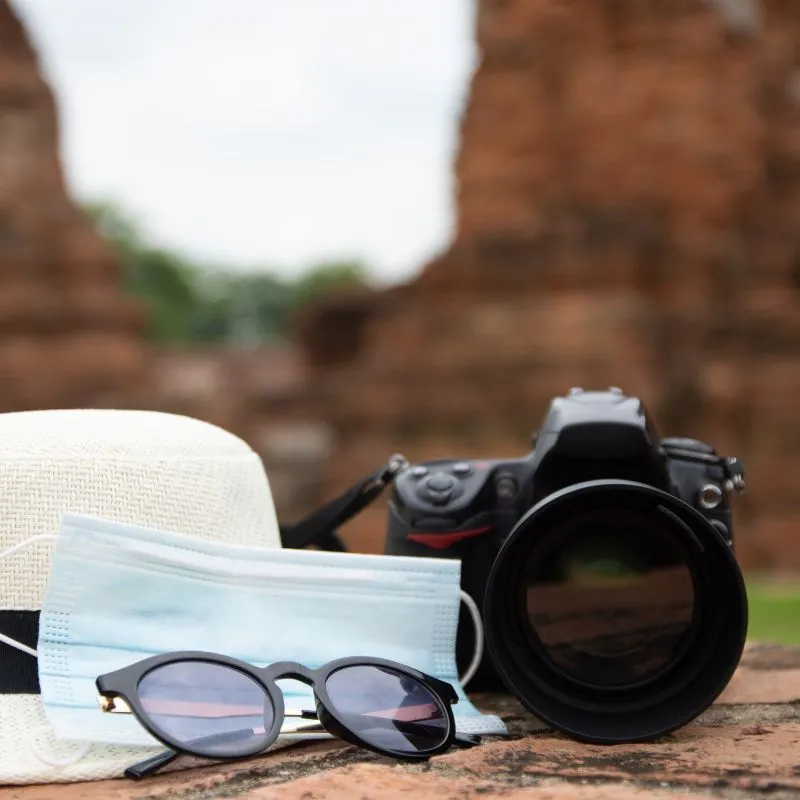
Consider the optional gadgets for your national park packing list. A durable camera can capture breathtaking landscapes, while a GPS device can offer additional navigation security. For relaxation, pack a light book or journal, maybe a travel hammock or an inflatable pillow for comfort during breaks.
- Optional Tech Gadgets
A camera is great for capturing memories. For those who enjoy documenting their hikes, a lightweight, durable camera that can handle the elements is ideal. Additionally, a portable GPS can serve as a backup to your map and compass, especially in unfamiliar terrain.
- Fun Extras for Leisure and Relaxation
Consider packing a lightweight book or a journal to unwind in the evening. A compact travel hammock or a small, inflatable pillow can also make your rest stops more comfortable. And don’t forget a pair of binoculars for bird watching or scenic views.
Leave No Trace Principles
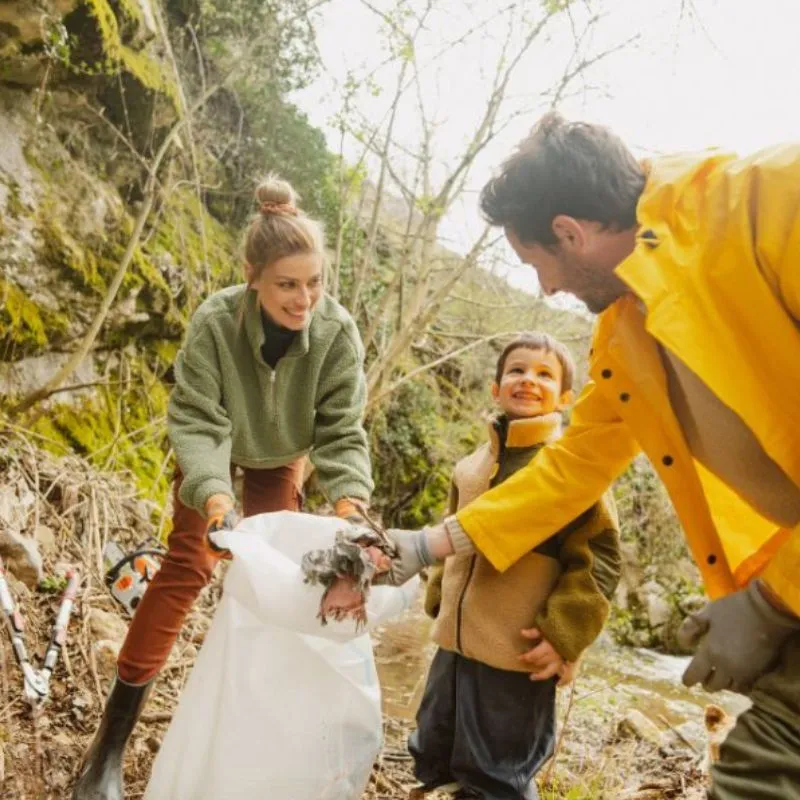
Environmental responsibility is crucial. Your national park packing list should include items that help you adhere to the Leave No Trace principles. Pack eco-friendly products, use established trails, and ensure all trash leaves with you. These habits protect the park and its wildlife.
- Overview of Environmental Responsibility
Stick to established trails and campsites. Going off-path can damage fragile ecosystems and lead to erosion. Always pack out what you pack in, including all trash, leftover food, and even biodegradable items like fruit peels and nut shells, as they can take years to decompose.
- Practical Tips for Eco-Friendly Travel
Use eco-friendly products like biodegradable soap and reusable water bottles. Be cautious with fire; use a camp stove for cooking rather than making a fire, as fires can leave long-lasting impacts and pose wildfire risks. Lastly, be considerate of wildlife and other visitors by keeping noise to a minimum and observing animals from a distance.
Expert Packing Tips For National Park Wanderers
- Know Your Park: Research your destination’s unique features, weather, and regulations before packing.
- Weather Wise: Check the forecast and pack versatile layers to adapt to changing conditions.
- Footwear Focus: Choose sturdy, comfortable footwear suitable for the terrain you’ll encounter.
- Hydration Help: Bring plenty of water and consider portable filtration options for refills.
- Essential Gear: Pack a map, first aid kit, sunscreen, insect repellent, and a multi-tool for safety and comfort.
- Respect Nature: Follow Leave No Trace principles by packing out trash, staying on trails, and minimizing impact.
- Wildlife Awareness: Educate yourself on potential encounters and take appropriate precautions.
- Gear Protection: Keep your belongings safe and dry with waterproof storage solutions.
- Emergency Readiness: Familiarize yourself with emergency procedures and carry communication devices for peace of mind.
- Pack Smart: Prioritize lightweight, compact items to keep your pack manageable and enjoyable.
Summing It Up
You’re set. Your National park packing list is ready, and you know how to tread lightly in the parks. As you walk through ancient forests or relax by tranquil lakes, remember these places are precious. Every item in your bag enhances your visit and protects these wonders for the future.
Step out with joy and care. Enjoy every sunrise, every wildlife sighting. Your adventures in the great outdoors await—safe, fulfilling, and unforgettable.

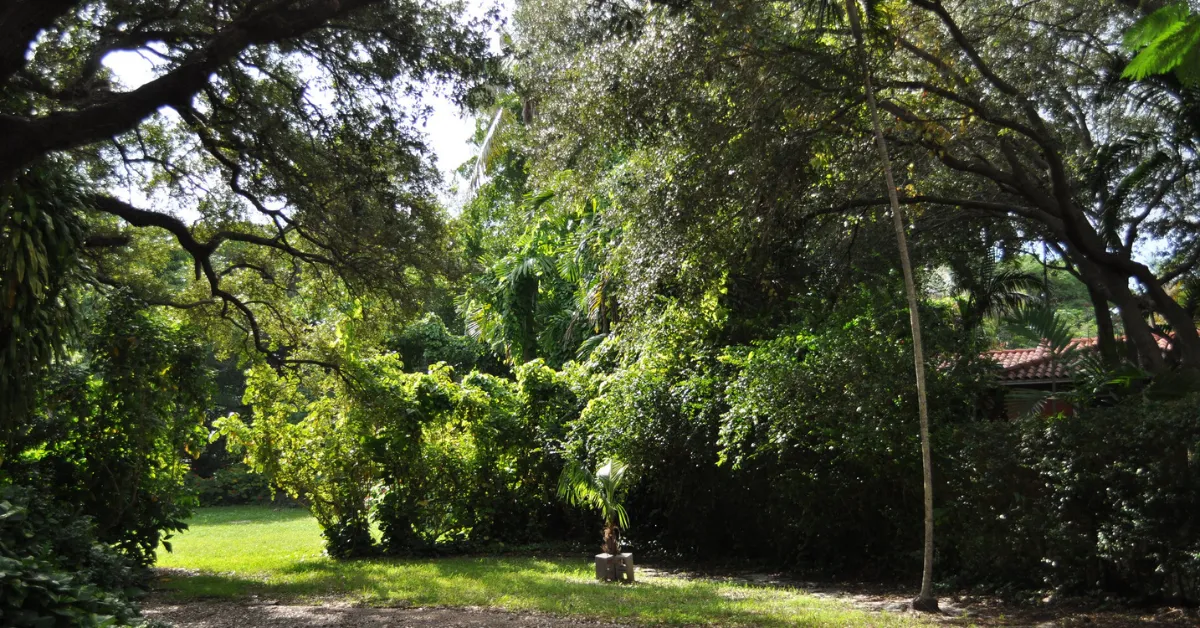


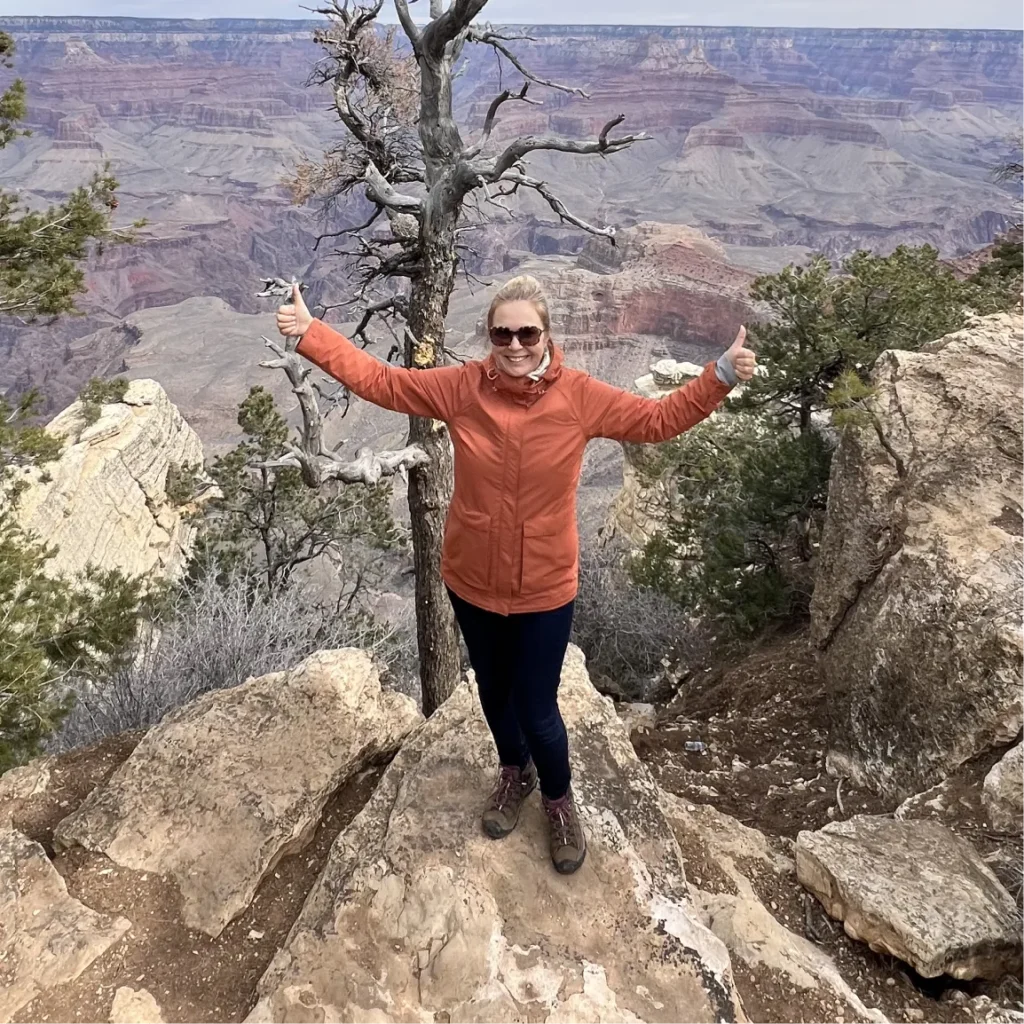






7 thoughts on “12 Items You Can’t Forget On Your National Park Packing List”
Loved the expert packing tips section, Julia! I always struggle with overpacking for my trips to national parks. Your guide reminded me to stick to the essentials and really think about what I need for each specific park. It’s all about being prepared but not overloaded, right? Anyone else here constantly revising their packing list before a big trip?
Absolutely, Beth! Cutting down on unnecessary gear makes the journey so much smoother. It’s all about optimizing the essentials.
Speaking of packing essentials, what are your thoughts on tech gadgets? I never leave without my solar charger. Overkill, or essential for staying connected?